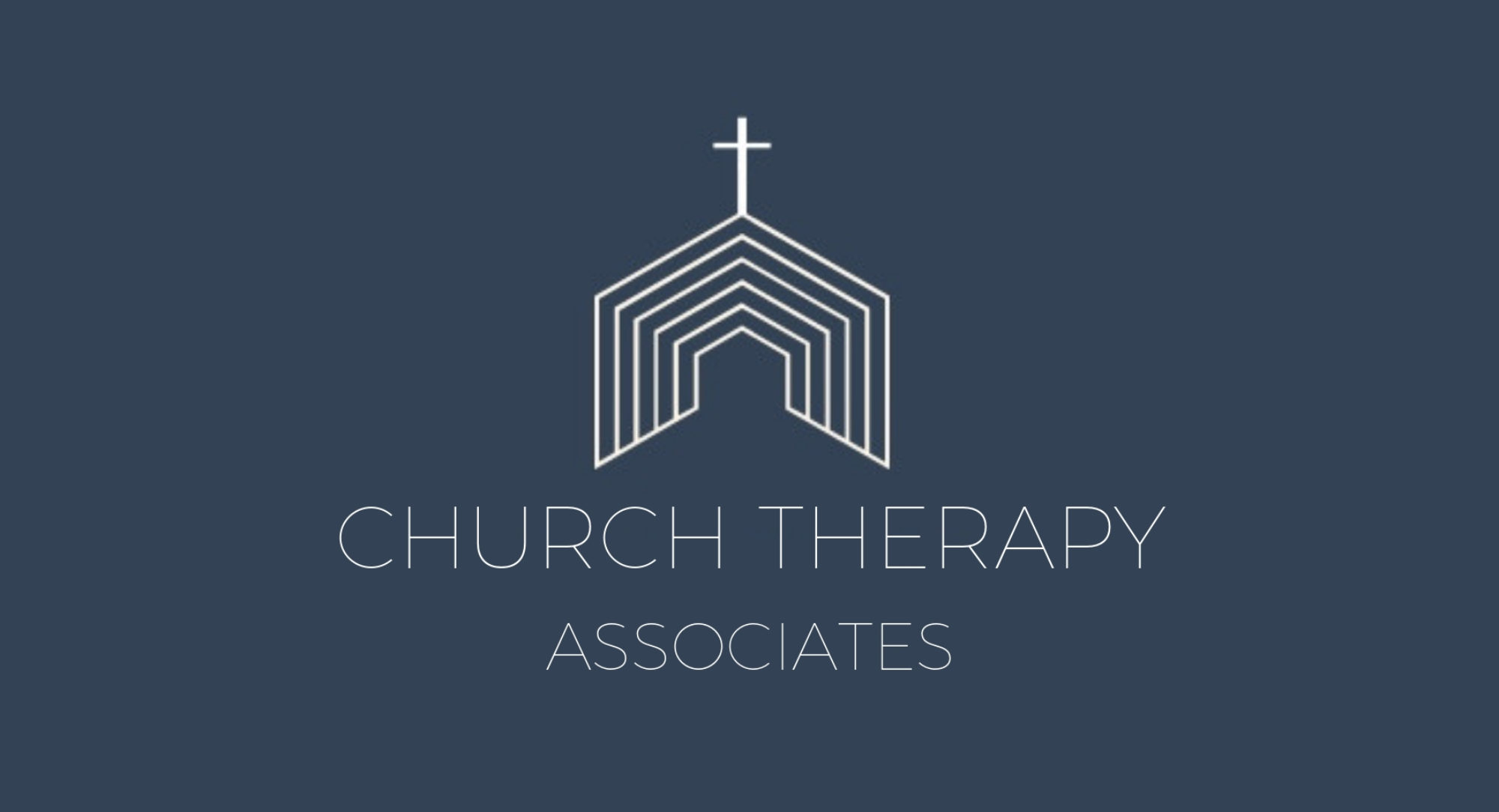Throughout my career in the mental health field I have worked in almost every type of therapeutic setting out there — inpatient hospital, outpatient clinic, in-home outreach, group home/residential setting, and the church. I believe it is because of my wide range of experiences that I have come to view the church as a therapeutic milieu, with staff addressing a variety of needs and peer groups in which to work out therapeutic problems. Church Therapy is not tremendously different in therapeutic structure from secular mental health agencies that provide therapists, case workers, psychiatrists, crisis teams and the like all working together on a single case. But unlike these secular settings, Church Therapy works with the whole person, including their spiritual development as an integral part of addressing their mental health needs.
Recently I was working with a client who has difficulty with trust in relationships. We have spent a good deal of time in individual therapy processing the trauma that is at the root of her lack of trust, and we have wrestled through what it means to build safe relationships. Because she has been hurt within her former church, we had a critical therapeutic decision: run from the church because it is not safe or run to the church in a new way that rebuilds trust and actually allows Christ to restore what was broken.
One of the things that is essential in any therapeutic milieu is safety. Whether you are on an inpatient unit or in a client’s home, there are various boundaries and structures that make that environment safe or unsafe. And just as there are many secular therapeutic settings that turn out to be unsafe because those structures collapse, there are many church settings where there is not relational, emotional, or spiritual safety. Let this not cause us to give up altogether on the church context. Rather, we must build new church cultures and structures that restore safety and rebuild trust. The Church Therapy model is designed to do just that, bringing a professional counselor onto a church staff in order to influence the church culture in a direction of emotional safety and create accessible mental health services within the church.
As I worked through strategies with my client about how to work on building trust, I raised the idea of using our Wednesday night small group setting as a means of testing the waters. Here we have exactly what we are looking for: a place to build relationships slowly focusing on a Bible discussion rather than on personal issues. The fact that the small group structure exists in a context with which we are both familiar creates a tremendous opportunity for healing. Safety is there because I can oversee the entire process from a therapeutic standpoint. I can help her navigate the challenges because I am heavily involved in the Wednesday night program as a church staff member. Were I operating in a off-site, private practice, I would not have the opportunity or influence to guide that process correctly. And without that ability to sculpt and shape the context to which I am sending a client, a great deal of damage could be done if the small group turns out to be emotionally unsafe after all. I also have the ability to help the client interpret and understand various social dynamics because I have first-hand knowledge of those dynamics. I am not merely relying on the client’s report of what happened in a small group; I am a direct witness to the program as a church staff member.
The Church Therapy model does not exist merely to provide mental health services within the church as a set apart ministry. The Church Therapist uses the entire church context as a therapeutic milieu in which the client can grow and experience transformation.

